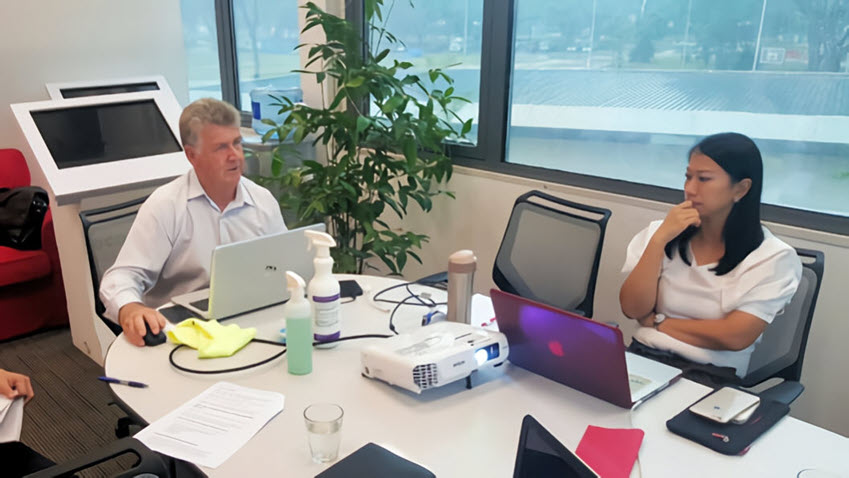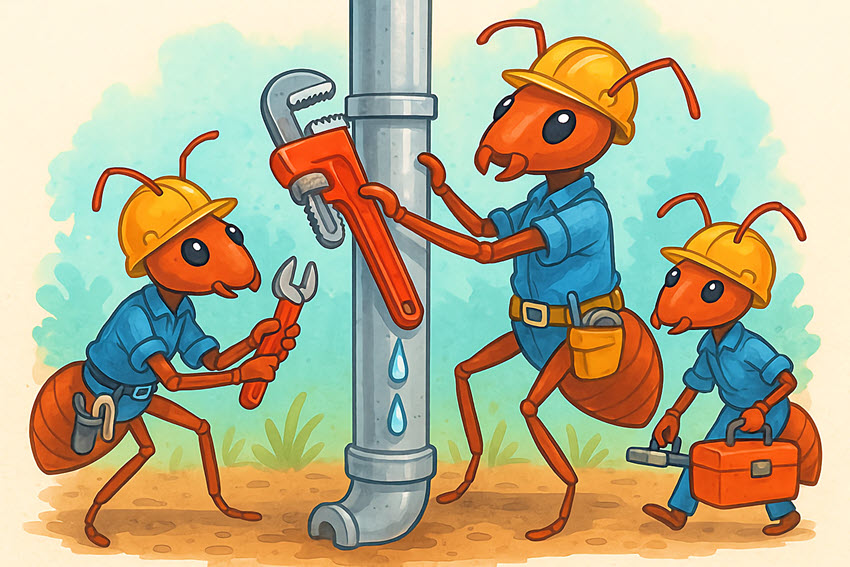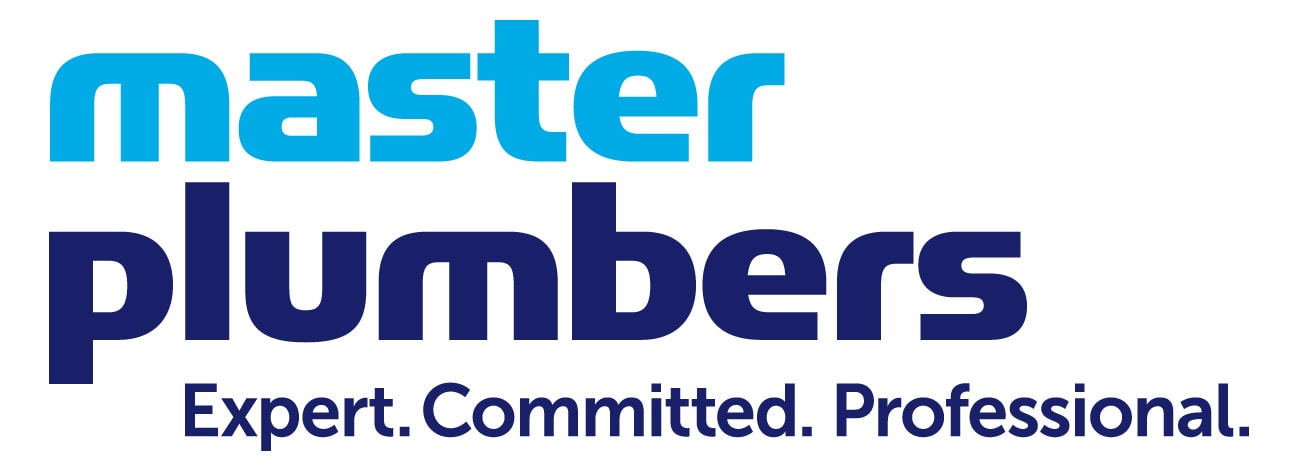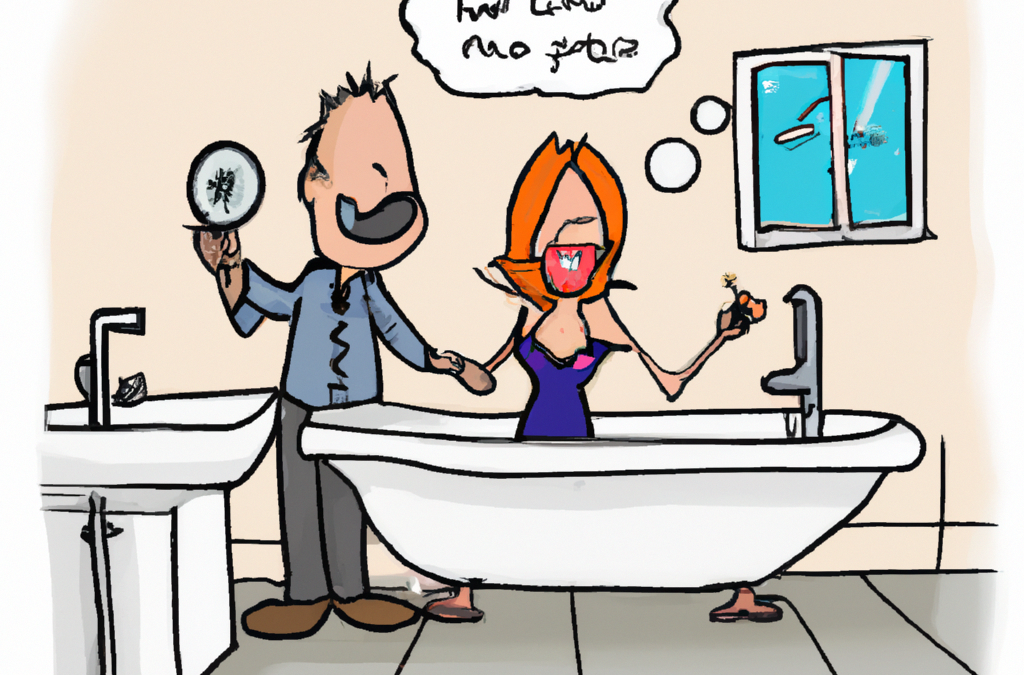
Why Mature Plumbers Deliver Smarter Plumbing on the Gold Coast
by Gary Mays | Aug 23, 2025 | Plumbers Gold Coast
🔑Why Mature Plumbers Keep the Water Running
🛠️ Age is an asset. Pipes agree.
🔧 Wisdom doesn’t rust. Valves respect it.
💧 Experience flows steadily. Taps prove it.
🚿 Skill deepens with years. Drains never forget it.
🔒 Trust builds over time. Homes depend on it.
Plumbing, in one gulp 🚰
Since Roman times, plumbing has done two simple jobs:
♻️ Bring clean water to every tap, shower, toilet and dishwasher.
🚽 Remove used water and sewage before health hazards brew.
The science never changes. Only fashions related to tapware styles, toilet designs, and switching from copper to plastics.
Experience wiring this timeless system always matters. That’s where Whywait Plumbing’s mature, experienced Gold Coast plumbers stand apart.
Industry snapshot 🔍
📊 Metric | Latest figures
🧑🔧 Median plumber age (AU) | 33 years – Jobs and Skills Australia
🎯 Biggest age band | 25–34 yrs – 28.7 %
🧓 Aged 50 + | ≈ 20 % and rising
👩🔧 Female plumbers | 2 % – Jobs and Skills Australia
👷 Women in all trades | 3.1 % – MBA Australia
🛠️ National plumbers employed | ≈ 100k – MBA Australia
Nationally, plumbing is a young trade. Yet retirements loom, and skills shortages grow.
On the Gold Coast, Whywait Plumbing bucks this trend. We retain mature plumbers whose decades of life skills and knowledge stop costly mistakes before they happen.
Why experience is a superpower 🦸
Stable, mature plumbers stop profit-draining turnover. Their strengths are clear:
🕰️ Reliability – grandkids may run late; Grandad never does.
🧘 Calm under pressure – asbestos pipes in the ’80s? A breeze.
🧠 Knowledge bank – threads, seals, bizarre bylaws: stored between two greying temples.
🔒 Loyalty – job changes happen less than washer swaps.
🦺 Safety culture – shortcuts cost lives; they don’t take them.
🤝 Client diplomacy – they soothe homeowners and train apprentices in one breath.
🛠️ Legacy savvy – can service galvanised stacks and Bluetooth mixers.
🔗 Supplier ties – decades-long rapport means priority parts when others queue.
At Whywait, we know these strengths keep Gold Coast homes safe and clients happy.
Why experience can't be taught 🧠
Textbooks, tablets, and TAFE teach the basics. But true plumbing expertise is forged in the field.
Every tricky leak, burst pipe, and stubborn blockage leaves behind a lesson. Over decades, those lessons stack into instinct.
Experience means spotting a fault before it fails. It means knowing which “quick fix” will backfire, and which repair lasts for years. It’s the wisdom that only comes from repairing mistakes, solving problems under pressure, and learning from every job – not just the easy ones.
That’s why Whywait’s mature plumbers with decades of life skills are valuable to Gold Coast homeowners.
You’re not just hiring a licensed plumber. You’re hiring a lifetime of lessons learned, mistakes fixed, and solutions refined.
All are brought to your home the moment they step through the door.
Older Australians hold the real spending power 💰
Since 2003, nearly half of all household wealth growth has gone to Australians aged 64 and above. That wealth doesn’t sit idle. They invest in bathrooms, kitchens, and services that protect their homes.
They value comfort, reliability, and trust. They spend with local businesses that respect their needs. Think bathroom upgrades, not skateboards.
That’s why Whywait Plumbing resonates so strongly with this group. Our plumbers aren’t just licensed, they’re life-tested.
Clients know the job will be done right the first time, with no gimmicks and no shortcuts.
Older Gold Coast homeowners keep calling Whywait because they see their own values reflected in us: respect, experience, and quality without compromise.
For them, it’s never about the cheapest quote. It’s about choosing a plumber who treats their home with care and gets it right the first time.
How Whywait harnesses grey power ⚡
We back our mature plumbers with systems that keep them thriving:
⏰ Flexible shifts suit body clocks set in 1981.
🧑🏫 Mentor pathways pair an experienced plumber with every apprentice.
📚 Relentless upskilling keeps our team fluent in plumbing and gas Australian Standards.
🛠️ Ergonomic press tools spare joints – human and copper.
📲 Digital job dashboards unite mature plumbers and Gen Z in real time.
Outcome: fewer call-backs, stronger margins, and raving Google reviews.
Winning younger buyers — without losing wisdom 🎯
Tim McDonald’s INCLEAN playbook says modern buyers demand:
💡 Value first, chit-chat later.
📲 Multi-channel speed — text, WhatsApp, Zoom.
⭐ Crowdsourced trust — LinkedIn credibility and fresh reviews.
How our mature plumbers deliver
They text fixed-price quotes before your Ube Latte cools, shoot before-and-after photos to your inbox, and keep LinkedIn profiles polished with licenses and client praise.
🤔 Straight-Talk FAQs Questions Gold Coasters Ask
Clean water in, dirty water out — plus sewer drains, stormwater drains, LPG and natural gas, gutters, downpipes, roofs and backflow safeguards.
You can request a mature plumber for your job but it does limit our flexibility in scheduling because experience can't be taught, it's built over decades of solving problems, repairing mistakes, and learning from every job. That's why mature plumbers with real-life skills spot faults faster, prevent repeat visits, and confidently calm crisis calls.
Yes. We match tasks to capability and use powered press tools for muscle jobs.
Absolutely. Our team is continually updated on the latest products and WaterMark standards.
Gold Coast average: 52 minutes. Our 24/7 team rotation keeps vans rolling.
Regular WHS refreshers, two-person lifts, and ergonomic equipment.
Grey hair. Smart tools. Clear pipes. 🚀
At Whywait Plumbing, experience never ages – even with Wi-Fi taps and digital leak sensors.
Our mature plumbers bring life skills, trust, and tech-savvy solutions to every Gold Coast home.
Call Whywait Plumbing today. We arrive on time, fix it right the first time, and keep your pipes flowing freely.





















